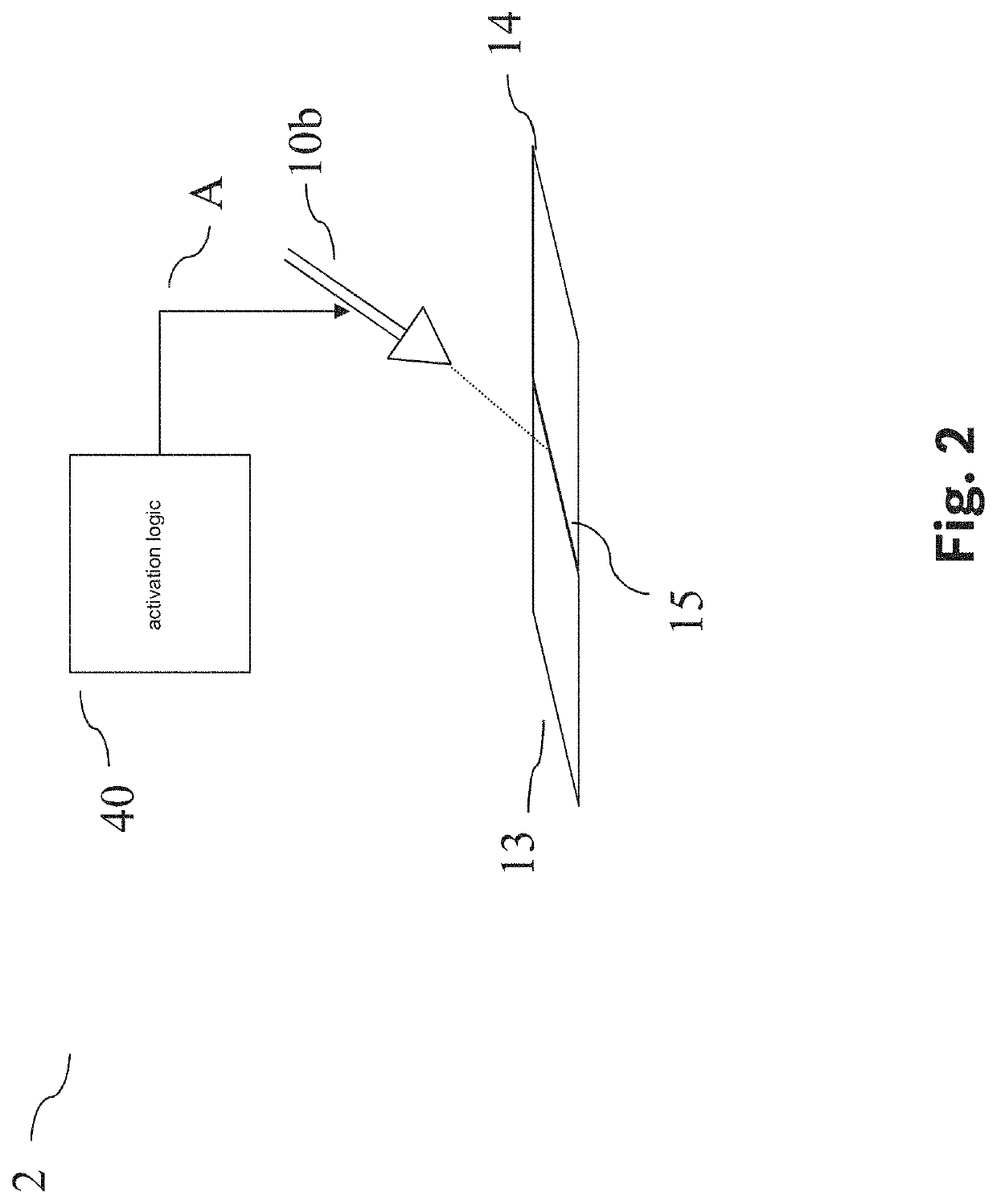As a result of the very
high intensity, the absorbed laser energy results in a pulse-like very rapid heating of the workpiece material, which results in melt formation and in part also
vaporization on short time scales and spatially very localized.
In the
laser drilling manufacturing method, the
process development is typically experimental in character, because the numerous high-dynamic and interacting physical effects are presently unable to be modeled with sufficient accuracy.
Reliable predictions regarding
quality characteristics such as, for example, solidified melt deposits within the hole or also in the form of a burr at the
drill hole entrance, damages to the
drill hole edge or also the circularity of the
drill holes are presently not possible with these models.
As a result of the very
high intensity, the absorbed laser energy results in a very rapid local heating of the workpiece materials, which results in a shared melt bath formation on short time scales and spatially very localized.
The resulting metallic spatters (so-called weld spatters) may result in a decrease in the component quality and / or necessitate production interruptions for cleaning the laser
welding equipment, which causes a significant increase of the manufacturing costs.
As in the case of
laser drilling, the
process development (
process optimization with the aim of minimizing the weld spatters) is highly experimental in character in laser
welding as well, because the numerous high-dynamic and interacting physical effects are not able to be modelled with sufficient accuracy.
One challenge in the case of modeling is that the workpiece characteristic data for the relevant pressures and temperatures are often unknown.
However, a reliable prediction regarding
quality characteristics such as, for example, solidified weld spatters is not possible with these models.
Moreover, in practice, the costs of the necessary production equipment are, of course, also decisive, with increasing flexibility of the variable parameters comes normally also an increase in costs.
Because there are many settable process parameters (for example,
pulse duration, focus position (time-dependent),
focal length,
pulse repetition frequency, circular path
diameter (time-dependent), circular path frequency, setting angle (time-dependent), drilling duration,
pulse energy (time-dependent),
wavelength, process gas type and process
gas pressure, which frequently may also be time-dependently varied, the optimization of the process parameters is a lengthy process, which requires a large number of experiments.
Because, on the one hand, many workpieces or components are required for these experiments and, on the other hand, the evaluation (in particular of the interior
drill hole shape) is also time-consuming, it is necessary to reduce the number of required tests to a minimum.
In the case of laser
welding as well, because there are many settable process parameters (which are often time-dependent or position-dependent), such as laser power, focus
diameter, focus position, welding speed, laser beam inclination, circular path frequency, process
inert gas, the optimization of the process parameters is a lengthy process, which requires a large number of experiments.
In general, however, the prediction accuracy of the process models is limited.
As a rule, therefore, process models are only able to partially but not completely replace physical experiments.
It is namely advantageous to combine simulations and experiments for training, since simulations may be easily and rapidly carried out, but are often rather disadvantageous in terms of their accuracy, whereas experiments often exhibit a high degree of accuracy, but are very time-consuming to carry out.
 Login to View More
Login to View More 


